How To Prepare For The 2021 Season
Want to play your best this year? These 7 key pointers from TaylorMade ambassador Nick Dougherty will help you shoot lower scores...
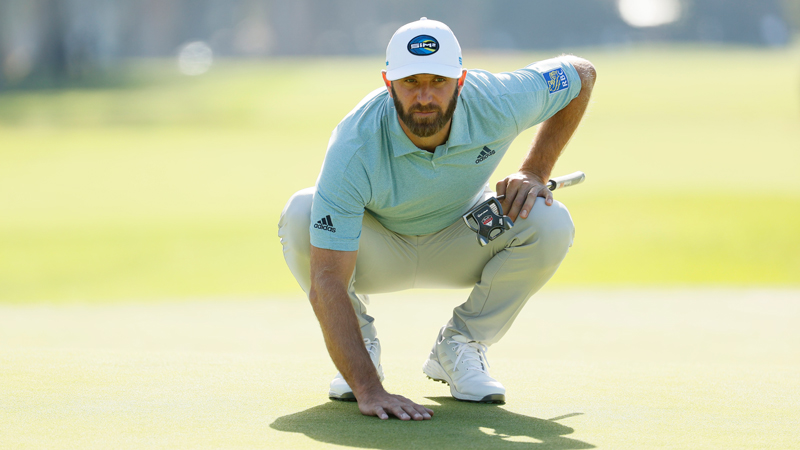
Want to play your best this year? These 7 key pointers from TaylorMade ambassador Nick Dougherty will help you shoot lower scores...
How To Prepare For The 2021 Season
To help you start the new season on the right track, we sat down with former Tour professional, Sky Sports commentator and TaylorMade ambassador Nick Dougherty to discuss what makes good preparation in golf.
We chat about how setting goals, checking your fundamentals and considering some essential equipment changes can really help amateur golfers looking to start the season well.
Setting Goals

Goals give you a purpose and a reason to work on something in golf because it can be a really difficult game.
Golf is also a game that doesn't necessarily give you what you deserve on occasion, so to have an end target always in sight, I think, is really important.
Get the Golf Monthly Newsletter
Subscribe to the Golf Monthly newsletter to stay up to date with all the latest tour news, equipment news, reviews, head-to-heads and buyer’s guides from our team of experienced experts.
Amongst the larger goal, it’s important to have levels in between and the way I get there is by setting myself manageable chunks to achieve which makes the journey seem less enormous.
So there’s the ‘end goal’, and then there’s all the chunks in between that you break down which are very manageable day-to-day.
For example, if you are trying to get your handicap down 12 strokes by the end of next year that may seem like a mountain right now, but if you’re doing it one shot at a time, it becomes more and more feasible.
Checking Fundamentals

It doesn’t matter how good you get at the game, it is the simple stuff that still does the job. Dustin Johnson is one of the best examples because it is so simple what he does and he knows his own game so well.
The guys on Tour will do the simple things really well. The amount of alignment sticks you’ll see down on the range on any given week shows how even Tour pros need to get the basics right, because if you’re always aiming the wrong way, who cares what the rest is doing and they’re no different to us in that sense.
RELATED: Dustin Johnson What's In The Bag?
They want to make sure they’re ticking the same boxes every week and amateurs need to do the same. Whether it is posture, alignment or tempo all these sorts of fundamentals can be ticked off with 10 or 15 balls at the range.
Making Swing Changes
You have to make the commitment when you are changing technique and it can vary from nudging your alignment a little bit to the left or doing something like changing your grip from interlock to overlap.
Sometimes these things can feel awful when you first do them and it’s not as simple as a ‘30 balls and off you go’ mentality, there has got to be a commitment.
If it is something you and your coach think is going to really help you in the long run, give yourself the chance for a meaningful change to work.
Always do it on a range if you can, and I’d say even better is to make changes in a golf net because you can’t see where the ball goes and you can grind away at the often uncomfortable changes you’re making.
In short, you’ve got to make that commitment and know it will get worse before it gets better.
Performance Practice
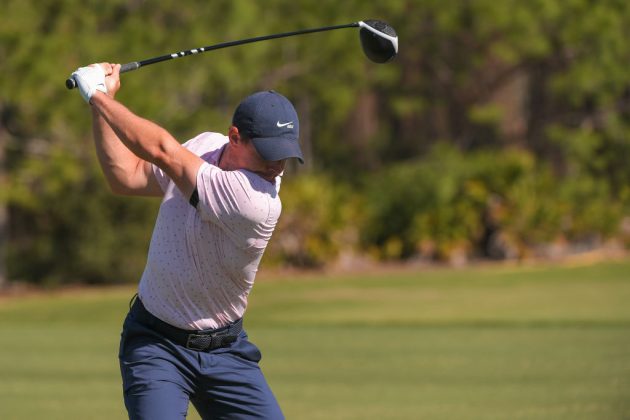
Performance practice is practising for what you are about to do on the course.
It's important to note that this isn’t the practice to do when you’re changing your swing but rather if you’re about to go out before the club championships or perhaps you are playing in the first medal of the year when golf reopens.
Poor practice would be hitting every shot full just down the range, which is what a lot of people do, they just aim down the middle and hit it full.
Performance practice would be having a set amount of balls and knowing precisely what you are going to do with your time on the range. I’d allow myself five ‘warmer-uppers’ with a high lofted club like a wedge or 9-iron and there is no intention on outcome; we're effectively just swinging the club to get going.
After these I hit two balls per club. I pick a definite target on the range and I change where that target is throughout the session. Get really specific with it too so if the board on the range says ‘100’, aim at the ‘1’.
Never give yourself a third ball with any club, because this is golf and on the course you are going to have to walk after that ball whether it's down the fairway or in the trees.
This is a great technique because it sets you up for adversity on the golf course and if you feel comfortable on the range hitting two balls under pressure, you’ll feel comfortable on the golf course when there is pressure too.
When To Change Your Gear

If you’re using a driver that is 12 years old, you’re losing out substantially. If you’re using a driver that wasn’t custom fit, you’re losing out substantially. These are two things to bear in mind and getting properly custom fit is really important.
If you find that your clubs aren’t that forgiving maybe that is when to look for new gear. With drivers it is tricky, but I talk about forgiveness because you’ve got to start by putting the ball in play and not missing the target by too much.
RELATED: TaylorMade SIM2 Drivers Review
I know not everyone likes to buy each new generation driver as it comes out, but if you’re using a particularly old driver you are missing out. Even in the last year or two the technology has come on a long way and it will continue to do so too.
Short Game Focus
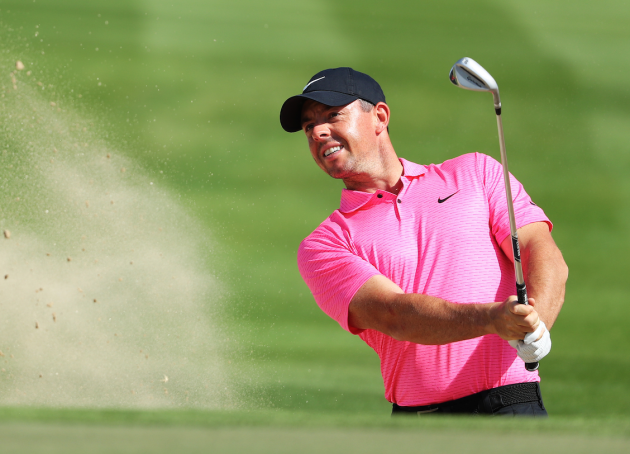
If you’re a handicap golfer you’re going to miss a lot of greens, so how good are you at turning three shots into two?
So many people miss the green and pull out a 60-degree wedge wherever they are instead of making the job easier for themselves with the right shot selection.
A good place to start is getting the fundamentals of your short game right. This includes technique but also includes knowing how to use the bounce of a club properly, selecting the right shot and playing the percentages around the green.
A good rule of thumb is to land the ball a couple of yards on the green for every chip then, depending on where the flag is, let the shot pick you.
If the flag is close to you it could be a 60-degree but if the flag is all the way on the other side of the green it could even be a 6-iron.
This is a really easy way to use the same technique on every chip and change the loft to get the ball close to the hole.
This might be a bit oversimplified but if you can stick to something like this you’ll see a massive improvement in your short game.
Your Wedge Set-Up
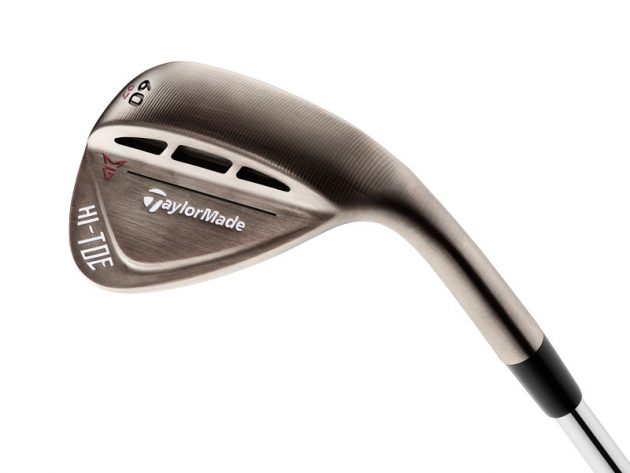
For amateurs, if you want to see and feel something that is actually going to change your game for the better, I’d look at wedges.
Something like the Hi-Toe Raw for example is game changer in what it can give an amateur golfer around the green.
RELATED: TaylorMade Hi-Toe Raw Wedges
Being able to use a club that helps you out as much as possible is massive and having technology that is going to do most of the heavy lifting for you is massive too.
Articles created in partnership with TaylorMade.
-
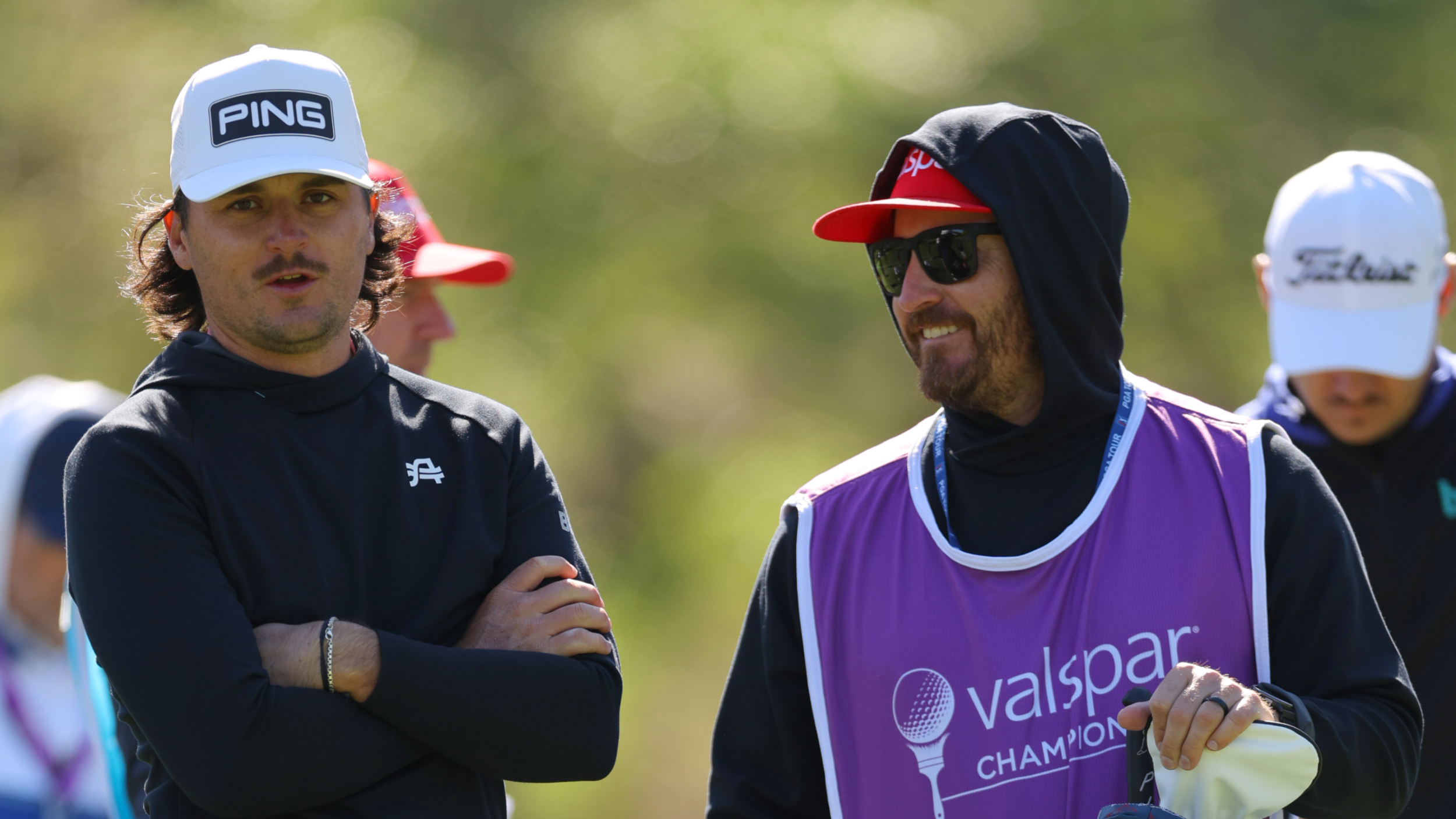 Who Is Kevin Velo's Caddie?
Who Is Kevin Velo's Caddie?Bart Barnes has caddied for Kevin Velo as he has built his professional career - here's what we know about him
By Mike Hall
-
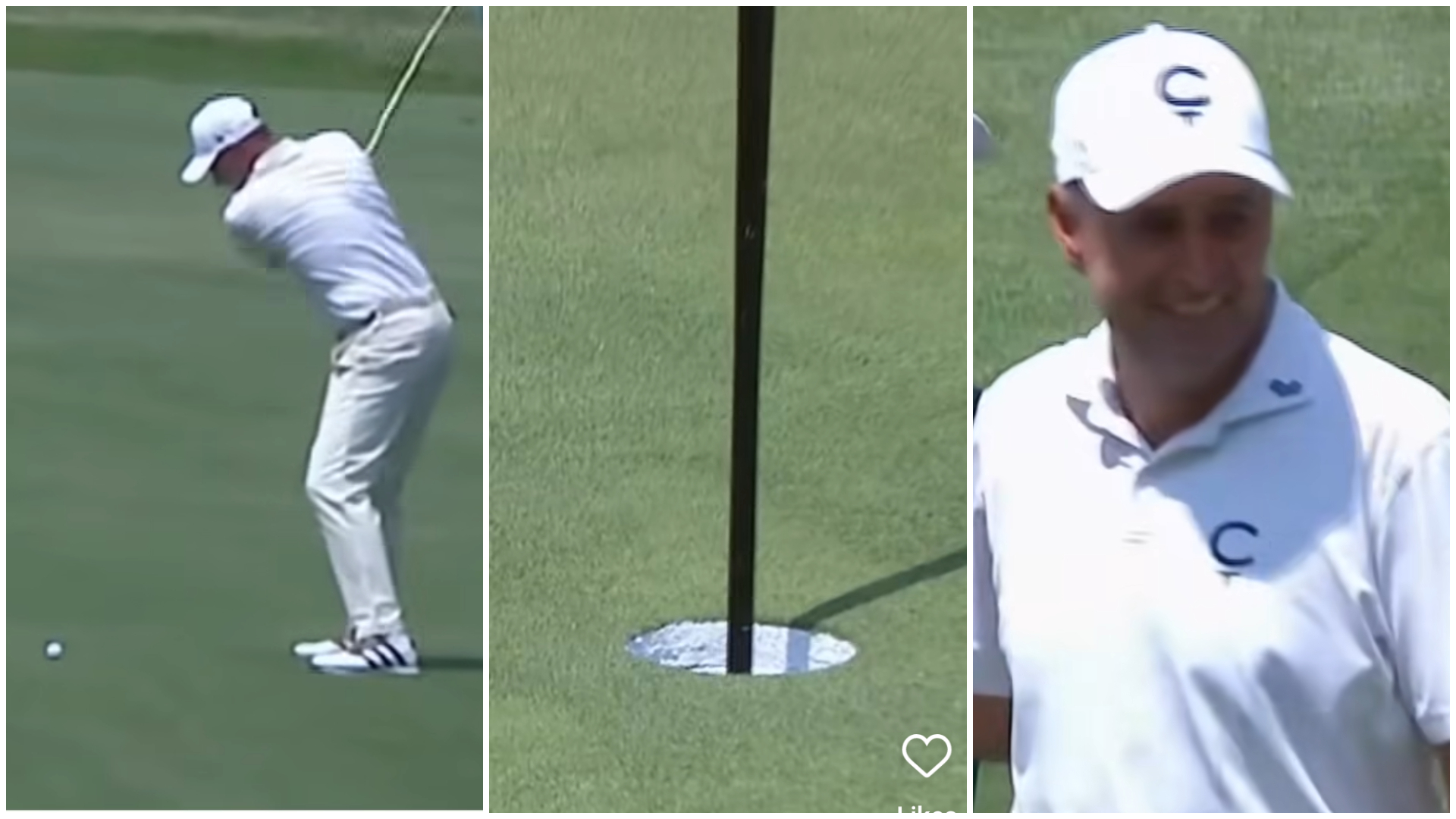 Richard Bland Makes Albatross At LIV Golf Mexico City
Richard Bland Makes Albatross At LIV Golf Mexico CityThe Cleeks GC player found the hole with just his second shot at the par-5 16th during the second round of the tournament
By Mike Hall